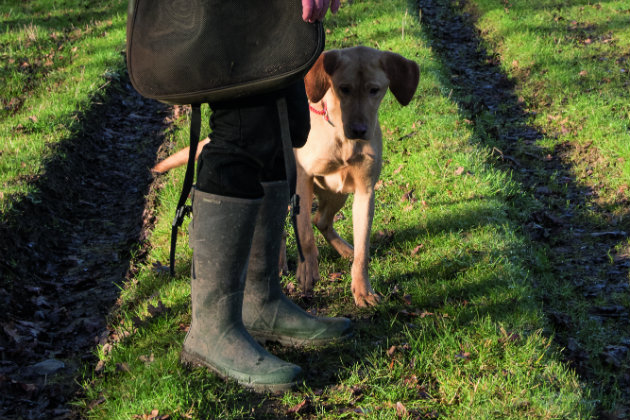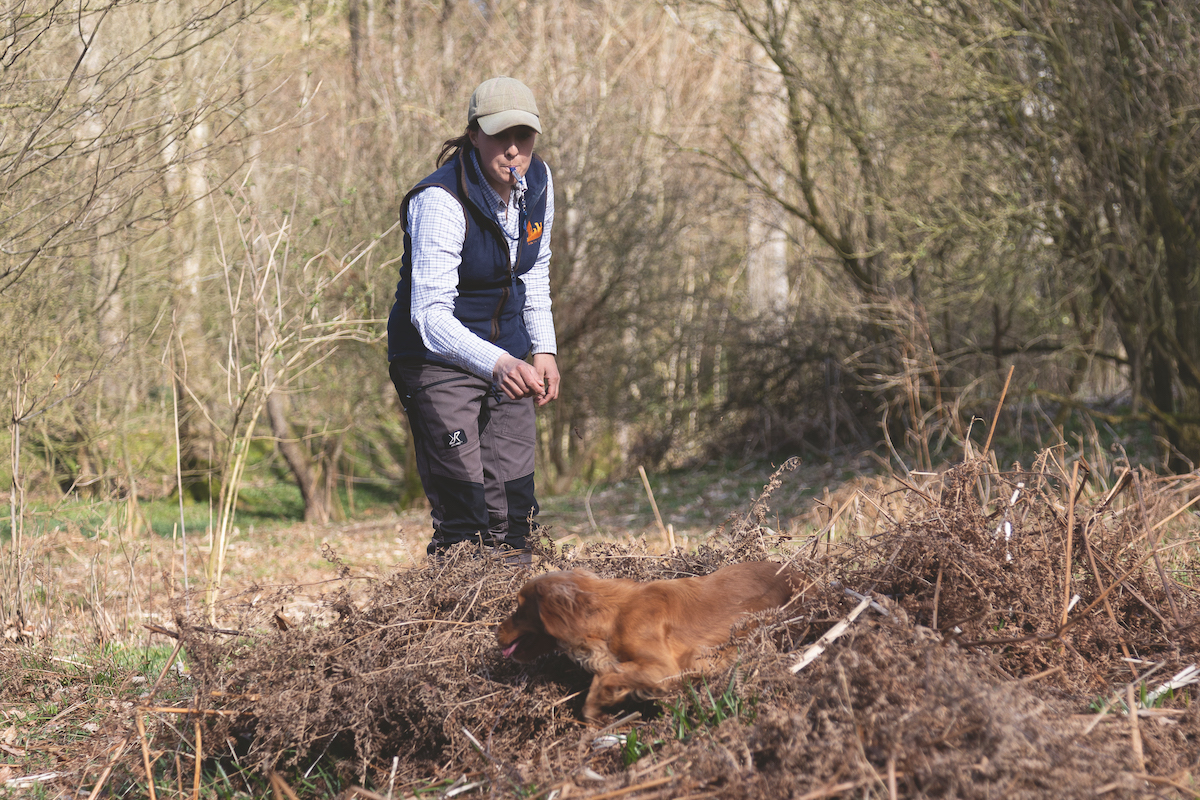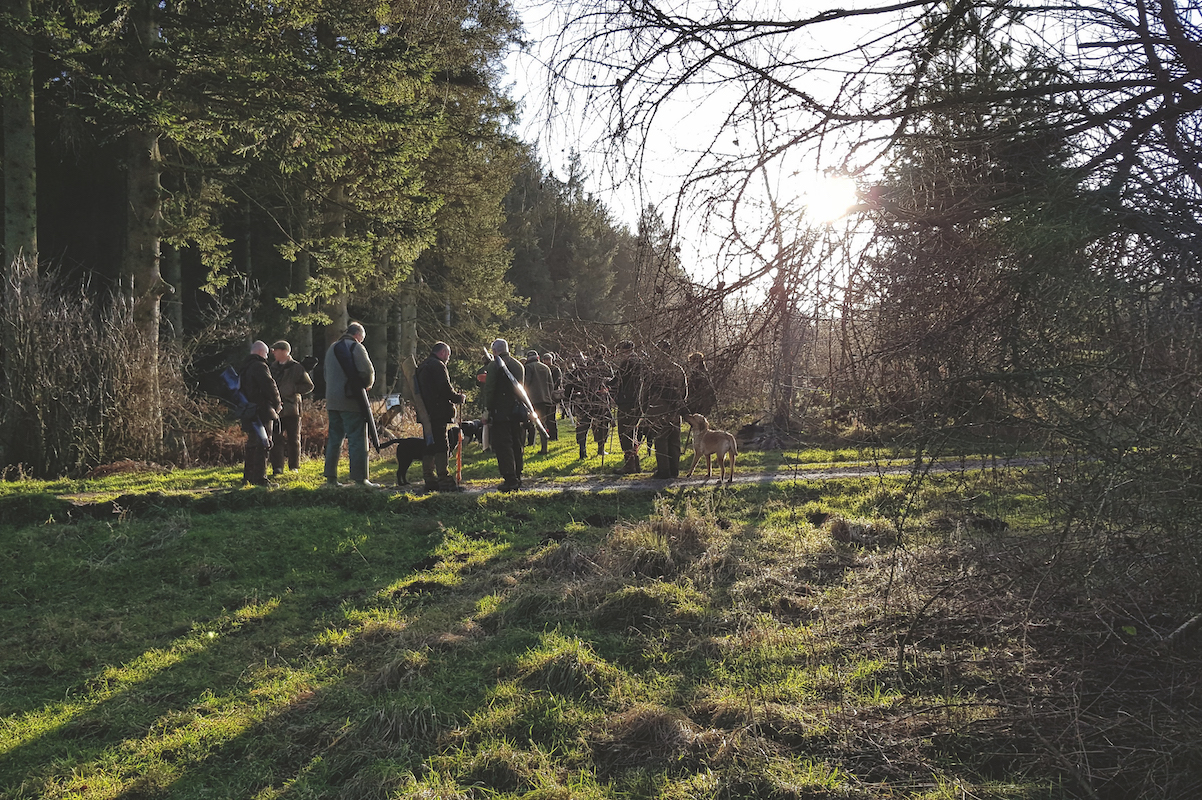Take it easy – training tips for young gundog puppies
You've finally got your new puppy. It's vaccinated, raring to go and ready to start its exercise and training. Now what?

Don’t embark on a strict training regime right away. Your new companion is only a puppy. Think of the early lessons as groundwork. Just focus on guiding the puppy gently into doing the right thing and steering away from the wrong things.
Training gundog puppies
Teach a puppy something when it’s under eight months old and you’ll probably have to re-teach the lesson later on. There’s no point in embarking on a timetable of walking to heel, sitting and staying only to find that eight months later virtually all the time and effort you’ve put in has been wasted.
On the other hand, a very young dog has an extraordinary learning window so don’t neglect it.
Early retrieving
The first problem I generally come across training gundog puppies is with retrieving – especially if the puppy lives indoors rather than being kennelled outside. The golden rule that must be applied is that whenever the puppy picks anything up it must be encouraged to bring the item back.
The youngster must be praised for its actions, before the item is taken away and placed out of the dog’s reach. Don’t scold a puppy for picking up things indoors and then be puzzled why the dog is reluctant to retrieve a ball or dummy when it’s outside.
Don’t ask the puppy to do too much. Be sure only to give a young dog enough retrieves to keep the enthusiasm going and help develop its ability. Always leave them wanting more.
Why is my gundog puppy so noisy in training?
Gundog puppy: My four-month-old gundog puppy has become very noisy.
How to plan your puppy training
Nobody said puppy training is easy – just make sure you don’t make it unnecessarily hard for yourself.
When should my gun dog be introduced to gun fire?
When gun dog training, is there an age at which my labrador puppy should be introduced to the sound of…
How should I start training my puppy to be a gundog?
Take things slowly, don’t rush and form a bond with your new gundog puppy before starting any training
Different techniques for retrievers and spaniels
- Gradually throw retrieves further and further away for a Labrador, and also into thicker and thicker cover. That will avoid ending up with a cover shy retriever.
- With a spaniel don’t throw a retrieve further than 10 yards away. You don’t want to instil in the puppy’s mind that it’s going to find everything 30 or more yards away. You can do this quite easily by allowing the spaniel to race about before dropping the tennis ball or small dummy into cover relatively close to you.
- Make sure the dog doesn’t see the dummy drop. Then encourage the pup to hunt into this cover from the downwind side. At this point don’t be tempted to try too large a dummy as there’s plenty of time to move onto these later . You don’t want to knock the puppy’s confidence in retrieving.
- If you discover you have a puppy that’s reluctant to retrieve a certain item, for example a tennis ball, find something the pup does like to pick up. This could be a small fluffy toy or a puppy dummy covered in rabbit skin.
- One or two retrieves per session is ample and if possible this should be done in an area that has no interesting smells that could prove a distraction.
- Sit on the floor and encourage the puppy to climb on your lap while holding the retrieve. Lavish him with praise before gently taking the retrieve from him.
Getting used to a lead
- This is also a good age to get a puppy used to feeling a lead.
- Place the lead around the puppy’s neck, pushing the stop up to the correct position and then allowing the youngster to run about dragging the lead behind him. At this stage I gradually pick the lead up, but as soon as the puppy starts to get stressed I then allow it to drop and just encourage the puppy to come back to me, lavishing him with praise as he does so.
- Do this for just a few minutes a session. Very slowly build it up over subsequent weeks to the point where the puppy is happy to walk on a lead. Don’t stress or frighten the pup.
Introducing memory retrieves
If you’ve got a retriever and you’ve reached this stage you can now move on to memory retrieves.
You do it this way. Drop a dummy when the puppy’s walking on the lead alongside and then encourage the dog to walk on with you away from the retrieve for a reasonable distance. Now slip the lead off and encourage him to go back and collect the dummy.
Don’t over exercise
Don’t overdo any of this play training with a retriever pup before he’s one year old. You could spoil the youngster’s joints and once any damage is done it can’t be rectified.
Bear in mind that if the puppy lives indoors and you have children he may well be getting far more exercise than you think!
This also applies if you have an older dog and the puppy tries to keep up with it all day.












